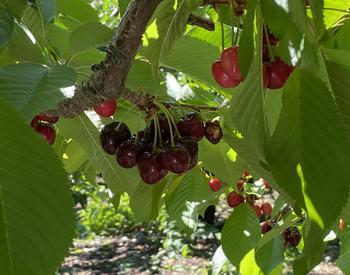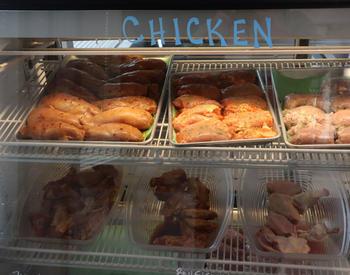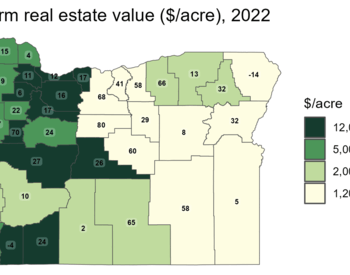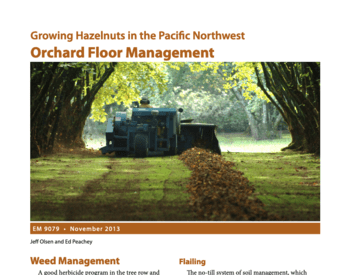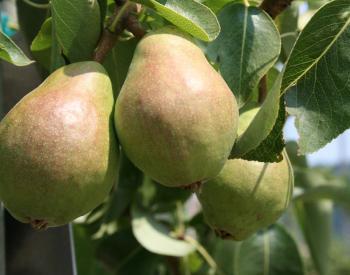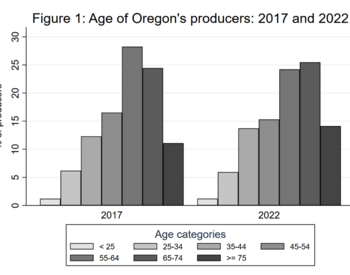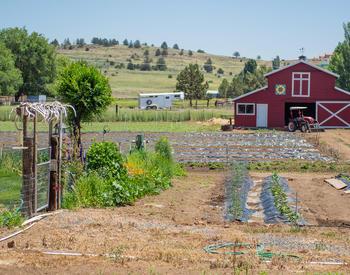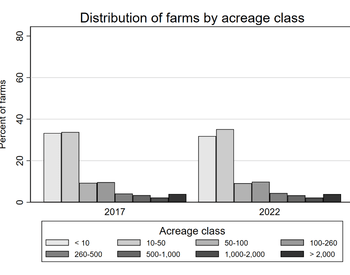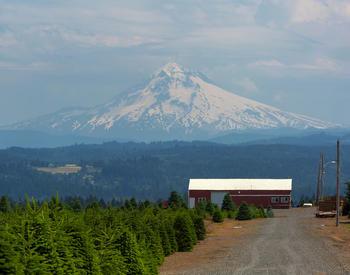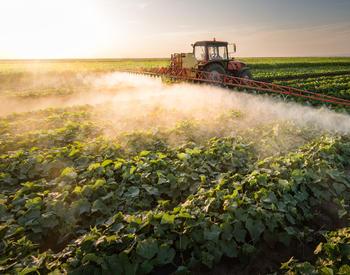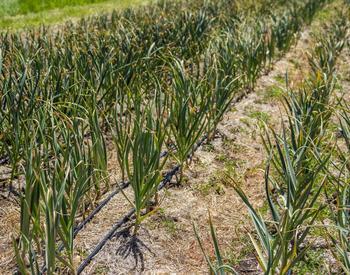The cherry industry is unique, even among specialty crops. The production period is brief, the crop (typically) has a very high value but has a short shelf-life, and a relatively small proportion of the crop is diverted to processing applications.
This creates a significant risk for growers, as their annual revenue highly depends on production and market conditions in a few short weeks of the early summer. For farmers in Oregon and Washington, the critical period is typically from mid-June to early July. Growers further south, in the San Joaquin Valley of California, see production peak in late spring.
The ideal outcome for cherry producers in the PNW is that California cherries are largely out of the market when the fruit is picked in The Dalles, the Yakima Valley and Wenatchee.
This year, things did not go as planned. Cherry prices have been near or below the harvest cost this summer, leading many growers in Oregon and Washington to leave fruit in the field rather than face the cost of hand-picking the cherries and sending them to the packing houses. Financial losses will be severe for many cherry producers and, to a lesser extent, the farm workers, packinghouse employees, and the communities that rely on the summer influx of economic activity during the cherry harvest. There remains considerable uncertainty regarding the future and whether this year’s market will become more typical.
By the numbers
The USDA's Agricultural Marketing Service (AMS) analyzes and retains Specialty Crop Movement Reports, and economists reference the reports to assess commodity patterns.
Figure 1 shows weekly cherry volumes from the USDA-AMS movement reports. These data show that not only was California's crop twice as large as it was last year, it was about 3 weeks later than it was in 2022. A high-yield, late crop in California means it overlapped much more than usual with the Washington/Oregon season. In 2022, total movement from CA was 47,270 tons whereas in 2023 it was 87,090 tons. That means...there were an extra 40,000 tons of California cherries in the market during the critical period for PNW cherry producers.
Some of the additional volume has gone to an increase in international exports. Figure 2 shows that during that same 4-week period – mid June to early July - exports of cherries from the three states combined went from 10,645 tons in 2022 to 35,075 tons in 2023. Despite the increased exports, there was a 50+% in cherry volume on the domestic market in this critical period. As of this writing (7/25/23), cherry packers are continuing to source export quality fruit and large export volumes will continue to show on USDA-AMS data in the coming weeks.
Economic impact
Of course, it is the low prices rather than strong production that cause problems for cherry producers. Figure 3 shows shipping point prices over the course of the 2022 season and up until this point in 2023. The gray lines represent prices for production coming from California and the orange lines represent Washington prices. Because of the cooler than normal spring in CA, and the resulting delay in the cherry crop, the pricing data show that cherry packers needed to heavily discount their California inventory in anticipation of the PNW cherries coming on the market.
There are several questions that come to mind related to the future of the PNW sweet cherry industry. Will we see further increases in production in California, perhaps aided by the development of warmer weather varieties? Will climate change increase the probability of unusual shifts in the timing of regional harvests, leading to more volatility in fruit prices and availability? Can export markets or value-added uses be developed to provide an outlet for cherry production in years like this? Finally, will low prices and large financial losses this year lead to a reduction in cherry acreage in the PNW or in CA? Use the button below to provide your thoughts and stay informed via the Applied Economics Outreach Blog.


